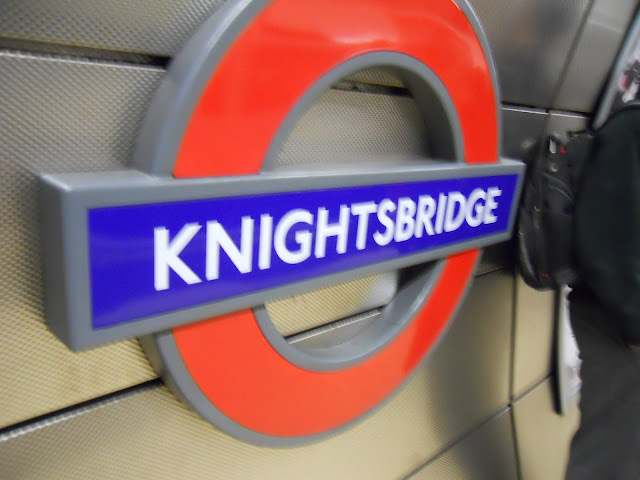A Production Meeting, in case it needs explaining, is a gathering of all the designers involved in the play, the writer, director, assistant director and production manager, and occasionally the artistic director of the company producing the play is there too to have a greater idea of how all resources will be used in realizing this sprawling urban fantasy. We all sit in a circle and after confirming details like dates, rehearsal schedules and deadlines, we start a creative discussion of all the aspects of the script that require that special art of stagecraft to do.
The theatrical medium is unique different than movies/television. We take the arts of sound and lighting design, the technologies of craft and sculpture and flash animation projection, the textile fashion creative art of costume design, the creative architectural magic of scenic design, the thoughtful and exciting passion of combat choreography and the inspiration of puppet techniques to try to create a cohesive world that will help us tell the story of NEVERWHERE. There were 12 of us in the room and for about four hours we bantered over everything. From the look and feel of the costuming to the use of projections to create mood and atmosphere. We always struggle with budget and scope and think out loud on how to creatively work around a our resource limits to fit the storytelling we are all so motivated to get right. It takes a group of very smart and experienced people, all of whom must be motivated by the play itself as well as inspired by their contribution to the whole, and I am overjoyed to say this meeting illustrated how right this group of collaborators is for this production. When you come to the NEVERWHERE on Lifeline's "postage stamp" sized stage, you will be transported to another world.
Sunday's reading was terrifically exciting as well. My job as director involves wrangling the various gifts of the desingers into a cohesive whole as well as casting the show and guiding those actors to perform their lines and move in a way that effectively conveys the emotional and grippingly adventurous through line of the quest. Again, all in the room are enthusiastic and engaged by the material and bring a wealth of experience, intelligence, passion and imagination to their work. Hearing it read aloud is such an exciting thing, you feel the beginnings of something incredibly special going on. After the reading, many of the cast stuck around to talk about the script, ask questions about it, wonder aloud at plot points and give Rob some things to think about as he makes another revision before we start rehearsal. One of my joys was being present when stage directions (those parts of a script that aren't character lines but describe Rob's vision on how special effects are staged) were read. My assistant director Jessica would read something along the lines of "She walks to a bookshelf with her hand outstretched. A small panel on the side swings open and DOOR reaches inside. She pulls out a sphere of brass and wood, polished copper and glass. She picks up a small platform from the desk and places the sphere atop it. The sphere begins to spin and a beam of light projects onto a nearby wall." and everyone would start laughing at me - it is apparently very funny to them that I will have to somehow make this happen. :)
I can't help but smile, sure there are demands in signing on to stear a ship this big and wild, but it feels right, and I am in a comfortable place to be filled with questions and wonderment over answers. Something my mom mentioned to me yesterday (she just read the book) is that quest stories speak to all of us because they magnify something very universal. We all face challenges not knowing whether fortune or fate will make us fly or fall in our endevour. We chose to go outside and face a world that can be dangerous, we take risks and go on quests every day. That's what makes us rock stars.
I'm proud to be a member of this team of rock stars and wish you all a very safe and splendiferous New Year of bold choices and risky adventures.


















































